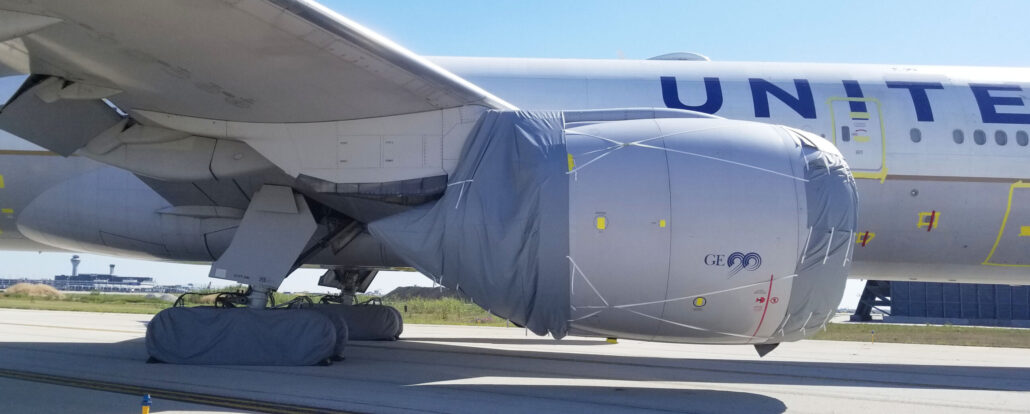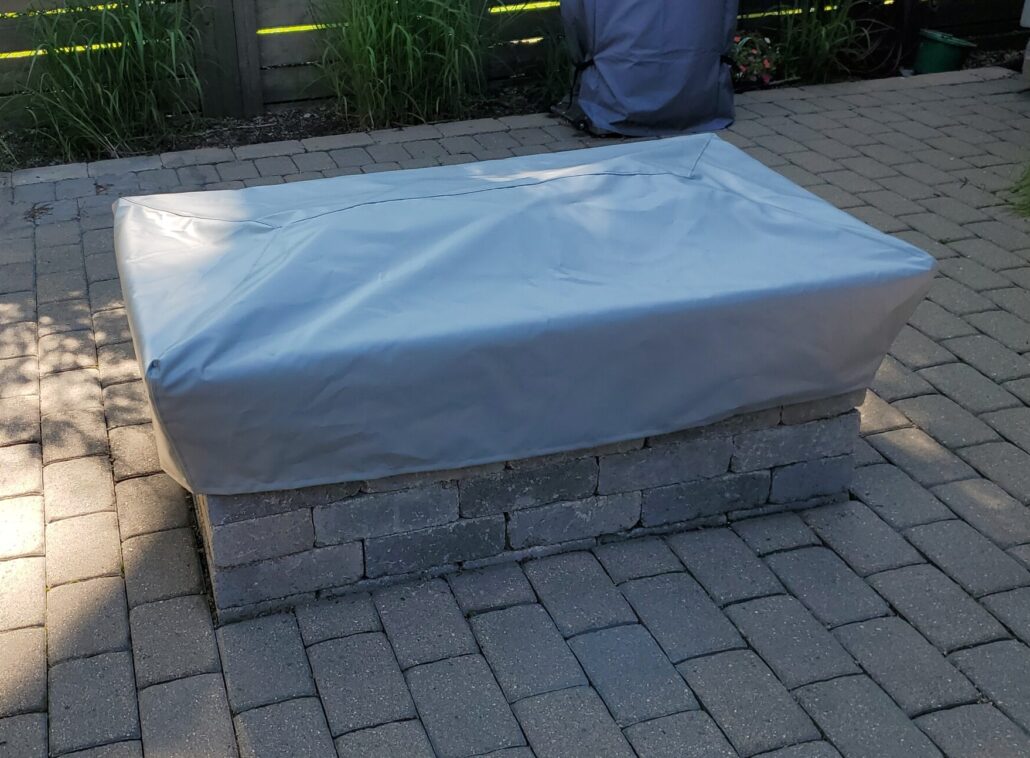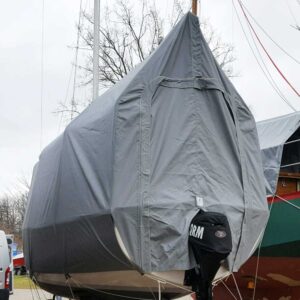
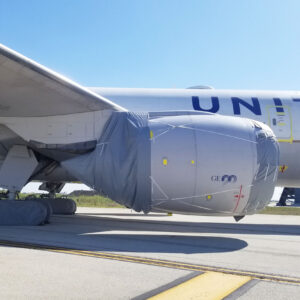

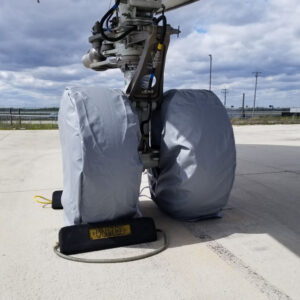
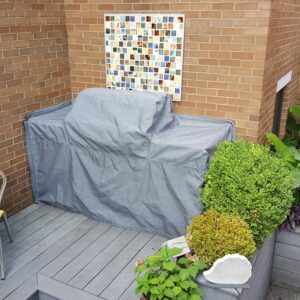
Top Gun: Acrylic Coated Polyester Fabric
 Top Gun has high quality acrylic coated polyester fabrics. It is known for being durable, tear resistant, UV and mildew resistant.
Top Gun has high quality acrylic coated polyester fabrics. It is known for being durable, tear resistant, UV and mildew resistant.
Top Gun fabrics can be used for many different projects such as marine covers, grill covers, patio furniture, etc.
Other benefits of Top Gun Fabrics:
- Puncture resistant
- High in abrasion resistance
- Multi-ply construction for maximum wear and durability
- Highly water repellent
Care and Cleaning
 General care: Marlen Textiles are made to resist mildew, but it is important to not fold or store the fabrics when wet. AQUA-TITE® GREEN water repellant, or similar product, should be reapplied at least once a year to help extend the fabrics life span.
General care: Marlen Textiles are made to resist mildew, but it is important to not fold or store the fabrics when wet. AQUA-TITE® GREEN water repellant, or similar product, should be reapplied at least once a year to help extend the fabrics life span.
General Cleaning Procedure: When cleaning stains Marlen Textiles recommends using soap and not detergent. These typical stains include oils, dirt, animal droppings, grease, etc. Using soap is overall better for the fabric. More information can be found on the Marlen Textiles website.
Cleaning Top Gun for Typical Stains
Industrial Washer:
- Wash on warm, gentle cycle (temp range from 100-120˚F)
- Dissolve 1 cup of mild soap in a gallon of warm water with 2 cups of baking soda, then add to machine
- Inspect fabric for stains at the end of drain cycle, if necessary, scrub in a light circular motion with a soft bristled brush
- Stubborn stains may require detergent, which will negatively affect the post treatment water repellant
- Do not dry in a machine, hang material to dry, after dried apply a post treatment water repellent
Hand cleaning:
- To avoid crushing or creasing the fabric, use a container large enough. If you don’t have a container large enough, complete the steps below on each section of the fabric
- Dissolve 1 cup of mild soap and 2 cups of baking soda in a large container with warm water (between 100-120˚F)
- Soak the material for 3-5 hours, gently swirl every half hour
- Inspect fabric for stains, if necessary, scrub in a light circular motion with a soft bristled brush
- Stubborn stains may require detergent, which will negatively affect the post treatment water repellant
- Rinse once with warm water, and 3 times with cold, make sure all soap was removed
- Hang dry the fabric, once dried apply a post treatment water repellent
Cleaning Top Gun for Mold and Mildew Growth
In order to get rid of mold and mildew growth, soaking the material will be required. Scrubbing the section will not likely remove it. The following steps share how to remove mold and mildew via hand cleaning method:
- To avoid crushing or creasing the fabric, use a container large enough. If you don’t have a container large enough, complete the steps below on each section of the fabric
- Fill a container with water between 100-120˚F. Dissolve 1/2 cup of mild soap, 1/2 cup of baking soda, and a half gallon of bleach for every 25 gallons of water (wear gloves and eye protection when in contact with bleach). For covers with vinyl windows, DO NOT SUBMERGE THEM, the bleach will mar or cloud them permanently. Seal over the grommets, snaps, and metal fasteners since bleach will cause it to dull and tarnish.
- Soak the fabric for 24 hours with the lid closed. Try not to crush or crease the fabric. For the first 2 hours, gently swirl the material every 30 minutes. And do the same for the last 2 hours.
- At the end of the 24-hour soak, inspect for stains. If necessary, scrub in a light circular motion with a soft bristled brush. If needed, the same process can be repeated to remove any additional mold or mildew.
- After all mold and mildew is removed, rise many times to clean all of the soap off the fabric. Rinse with warm water three times, then three times with cold water. If soap still hasn’t been removed, continue to rinse using cold water until no soap remains.
- Hang the fabric to dry, once dried apply a post treatment water repellent. Make sure the fabric is fully dry before adding the treatment or storing it.


